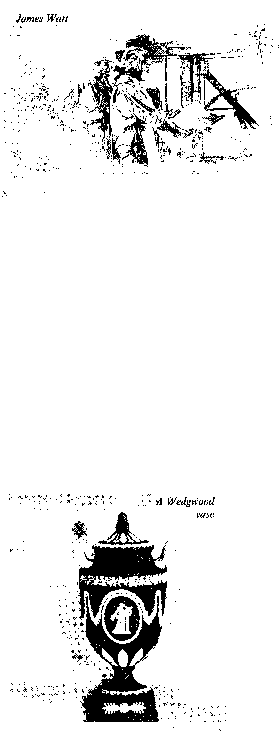
56
Questions:
1. What were the English gains in the War for Spanish Succession?
2. When did the United Kingdom of Great Britain appear and how?
3. Who was the first Prime Minister in Britain?
4. In what way was George III different from his father and grandfather in his attitude
to the government of the country?
5. Speak of the reasons and the outcome of the War of Independence in North America.
The technological Revolution was a new breakthrough in the economic and social development of Great
Britain. It was a British way of bourgeois development, in contrast to the French Revolution. Chronologically
its beginning is referred to the middle of the 18th century; and the first achievements were in the production of
agricultural products due to the new farming techniques.
Mechanical inventions facilitated the unprecidented growth of iron and coal production. By 1800 Britain was
producing four times as much coal as it had done in 1700 and eight times as much iron. John Wilkinson was
making iron bridges, an iron chapel, iron boats.
James Wattmade a steam engine in 1769. In 1764 a spinning
machine was invented that could do the work of several people. The machines for spinning and weaving revo-
lutionized the cloth making industry and transformed it from a cottage industry into a factory industry which
was run and controlled by factory owners. Cotton textiles played the leading part in Britain's economic
expansion.
Britain was importing raw cotton from its colonies and exporting the finished cotton cloth to sell in Europe
and in the colonies as well. Manchester became the centre of the cotton textile industry.
In the Midlands manufacturing of china goods was developing successfully and large quantities of bone
china were exported. The most famous factory was one started by master potter Josiah Wedgwood. His high
quality bone china and blue china became popular, and now Wedgwood is the trade mark of most exquisite
English china. The area of this industry's location is known as "the Potteries".

